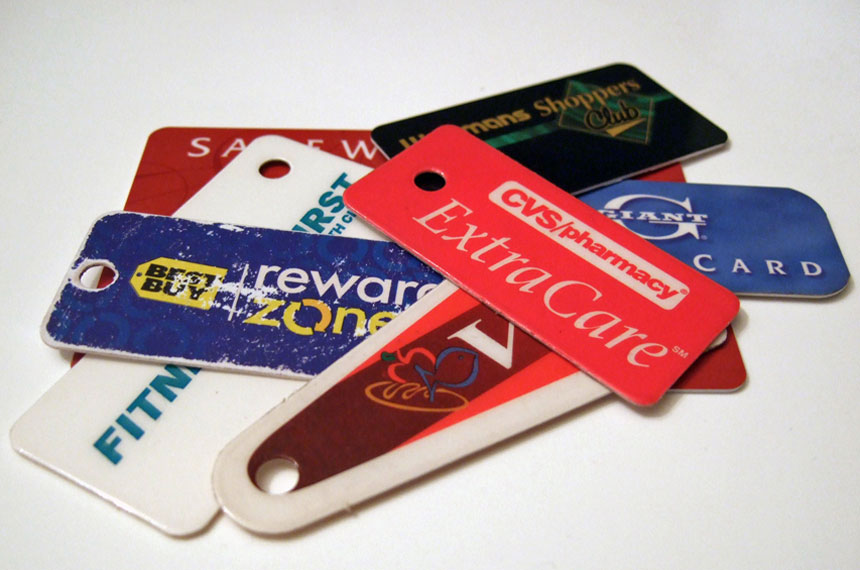Customer loyalty has evolved over the years to keep pace with ever-evolving customers. Customers are influencing every industry today through mobile payments, shopping on the go and consuming content across devices. The consumer is in control and connected in every which way, and this has resulted in the evolution of loyalty initiatives from what they once were.
Because of this, loyalty is no longer a siloed marketing strategy that starts late in the customer lifecycle aimed at strengthening retention initiatives. More and more, brands are acknowledging the effect of loyalty earlier in the customer lifecycle, even in the first 90 days, to drive product knowledge and value in order to combat new customer churn.
Additionally, we’re seeing more and more brand loyalty programs supporting omnichannel initiatives and leveraging transactions across the standard online and in-store channels, as well as across service and support channels.
What changes lie ahead?
Customer loyalty initiatives will begin to emerge even earlier in the customer-brand relationship – at the very onset, in the customer acquisition stages – as opposed to after a customer is acquired. Brands need to have their loyalty strategies in place in these early acquisition stages, especially from a customer experience perspective. If retargeted display ads or abandoned cart emails continue to inundate the customer even after a transaction, it sets the relationship off on the wrong foot.
Once we start to see this shift, it will signify the chief marketing officer’s holistic view and understanding of the individual customer’s lifecycle and how to engage with the customer at each and every point, across channels. Because customer motivations evolve and change throughout the lifecycle, marketing leaders need to anticipate them and engage the customer accordingly. It’s not just about loyalty rewards anymore, but about the relationship with the customer.
How to find success
Companies need to stay focused on the characteristics that comprise their ideal customer profile in order to understand the correct loyalty strategies for their brand. Deep loyalty for one brand may mean driving purchases across product categories in order to compete with pure-play retailers such as Amazon. For another company, it may mean a highly engaged customer who loves the products and recommends the brand to friends. Companies should first focus on their ideal customer profile, and allow that profile to dictate the programs and strategies that can drive actions and behaviors of a customer to match the ideal customer profile.







